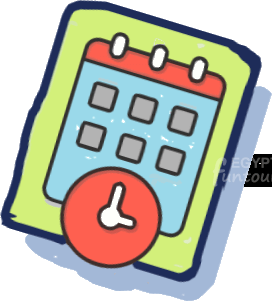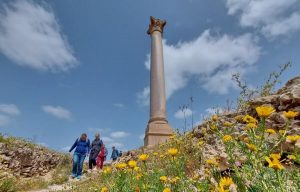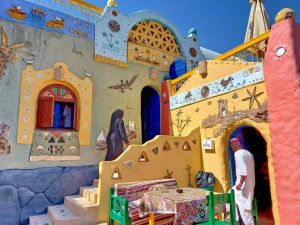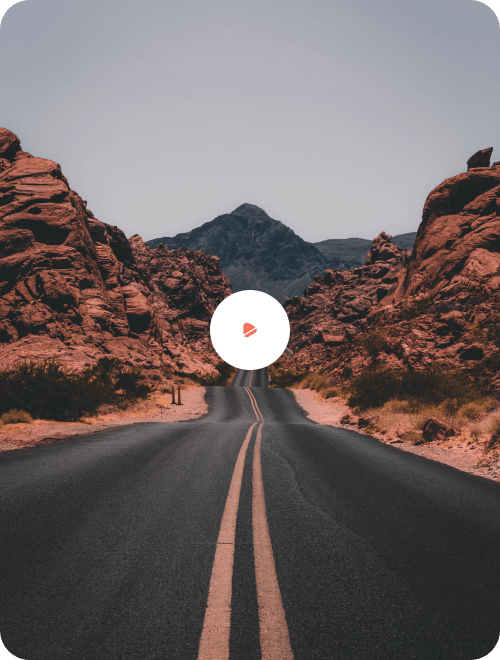In 1304-1207 B.C., Ramses II erected the Temple of the Ramesseum as a funeral temple devoted to the God Ra. The majority of the Temple is currently in a state of disrepair or destruction. Two pylons that previously stood near the Temple’s entrance have since collapsed. There is just a colonnaded hall that has survived in the Temple’s initial courtyard.
A huge sculpture of Ramses once stood in front of the remains of the first pylon, weighing more than 1000 tonnes and standing 18 meters tall! The ruins of it can still be seen today. Many other kings, like Mernptah and Ramses III, have overlaid monuments at the Ramesseum.

The Greeks called it the Temple of Memnonium because the huge statue in front of it was linked with Memnon, the son of Aurora, whose mother, Eos, was the goddess of dawn. They also referred to it as “Ozymandias’ tomb,” a term that may have been derived from the ancient Egyptian word “User-Maat-Ra”.
Diodorus, a Roman historian, believed that the Temple was built by the legendary King Ozymandias and that his grave was situated within it. He also goes into great detail about the tomb of Ozymandias, including the inscription on the door that reads: ” “King of Kings, I am Ozymandias. Let him surpass any of my efforts if he wants to know how great I am and where I lay.”
The Temple is 600 feet long and 220 feet wide. The primary entrance to the Temple was on the eastern pylon, which was originally adorned with scenes from the Battle of Kadesh, but it is now in ruins! The inscriptions on the right-wing of the pylon reflect the 118 towns captured by Ramses III during his military expeditions. You’ll also watch footage of captives being brought before the King. The historic battle between Ramses II and the Hittites is shown on the left-wing of the pylon. After that, you’ll enter the first open courtyard, where you’ll see a number of broken sculptures. There was formerly a gigantic statue of Ramses II with the inscription: “My name is Ozymandias, King of Kings: Look upon my works, ye Mighty, and despair”.
There are 29 columns still surviving in the vast hypostyle hall, with the ones in the center being shorter than those on the sides to allow light into the Temple! More scenes from the battle of Kadesh may be seen on the left side.
A much earlier Temple, constructed by Seti I and devoted to the God Amon Ra, may be found to the right of this hall, outside the hypostyle hall’s walls. The second courtyard is in considerably better condition than the first, with two rows of Osiris columns symbolizing Ramses II on both sides. A tiny hypostyle hall further south once housed eight papyrus-bud columns. The astronomy hall is placed here, and it is here that the first 12th-month calendar is depicted. Offering scenes and depictions of Amon Ra’s holy boat are shown in this chamber.
Ramses II is depicted on the western wall, sitting beneath the tree of life, where the God Thoth and the Goddess Seshat are writing his name in the tree’s leaves for long life.
Further west, the remnants of two vestibules lead to a library, linen room, and the badly destroyed shrine devoted to the God Amon Ra.
Ramses II erected a large mud break palace to the south of the Temple, where he resided during his visits to the site. The tiny Temple of Mern-Ptah, Ramses II’s successor, is located to the south of this portion. The renowned Egyptologist William Flinders Petrie excavated this site extensively in 1896.
Petrie discovered a significant Stella here, dubbed the “Israel Stella,” which included the earliest mention of the “Tribe of Israel.” As a result of this, Stella, many archaeologists believe Mern-Ptah was the Pharaoh of the Exodus.










